| Home | About the company | Contacts | Belarusian tour operator PRPUE Automated tourism technologies |
|
|
|
Thursday, 18.04.2024 |

Rest in Belarus |
|
Flora of Belarus
Flora of Belarus – unique system of flora, which was formed over a long time under the influence of climatic conditions, relief and other factors. Today in the territory The Republic of Belarus There are more than 12,000 species of plants and fungi that are part of the common European flora.
Vegetation cover covers about 70% of the country. These are mainly forests, meadows, swamps and shrubs; there are also quite a few plant species in reservoirs. Flora has always been an integral part of human life: plants are used for food, medicine, technical raw materials. In terms of air saturation with oxygen and absorption of greenhouse gases, marshes, which are called “lungs of the planet” and which the territory of Belarus is rich, are allocated. Also plants have a big impact on animal world and other elements of the biosphere with which they are associated.
Forest Vegetation of Belarus
The forest is one of the main riches, the real pride and decoration of the country. It is also the predominant type of vegetation. Woodiness The Republic of Belarus accounts for 39.8%, which is very high in Europe. In general, Belarus belongs to the zone of mixed forests, but conditionally the whole territory can be divided into three zones: the northern, dominated by coniferous (pine) forests, the central, where the area of oak forests increases, and the southern, where mostly oak forests are prevalent. The largest forests are located in the central part of Belarus, as well as in Polesie.
It is worth noting that the forests - this is a great place for the recovery of the body. The air in the forest is enriched with ozone, cleaned of dust and harmful substances, and in the warm season the amount of useful substances increases. The most saturated with phytoncides, which means curative, the air is marked in coniferous forests, especially pines, maples, and jasmine are rich in them. An ordinary walk through the park or forest is already treatment procedure: a positive effect is on the nervous system, immunity and general tone of the body.
Most of the forests are conifers and broad-leaved-conifers: they occupy about 60% of the total forest area. In the north there is a large part of spruce forests, less often they are found in central Belarus - pine prevails there. Birch forests are widely spread among small-leaved forests. It is also worth noting the forests with alder, which are the largest in Europe. In deciduous forests grow mainly oaks, ash, hornbeam and maples. Famous are the age-old oak forests of Belarus, which are mainly in National Parks in the south of Belarus.
Forests of Belarus rich in mushrooms and fruit and berry plants. Among the edible mushrooms are often chanterelles, aspen, boletus, oilers, milk mushrooms, white fungus, volushki, russula. At the same time, about 38 species of inedible and poisonous mushrooms were recorded. Fruit and berry plants are primarily represented by blueberries and cranberries. Also grow blueberries, cranberries, mountain ash, viburnum, raspberries.
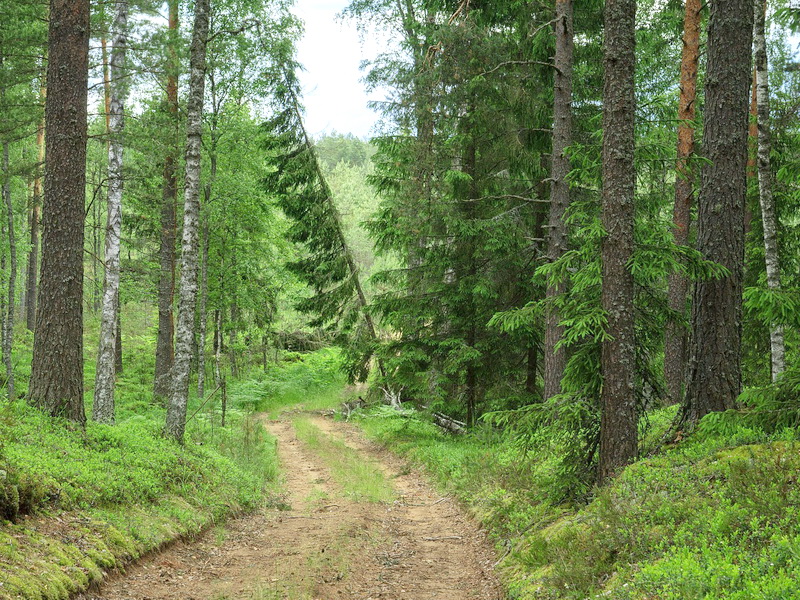


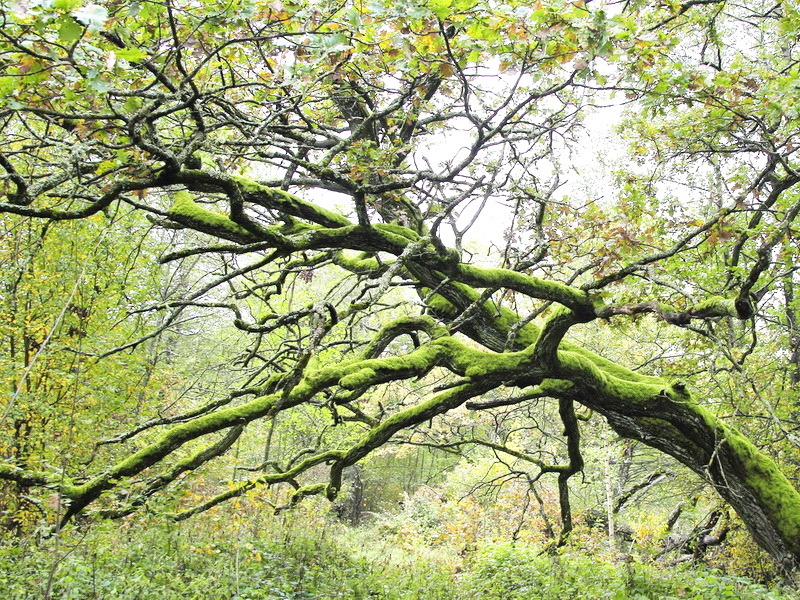
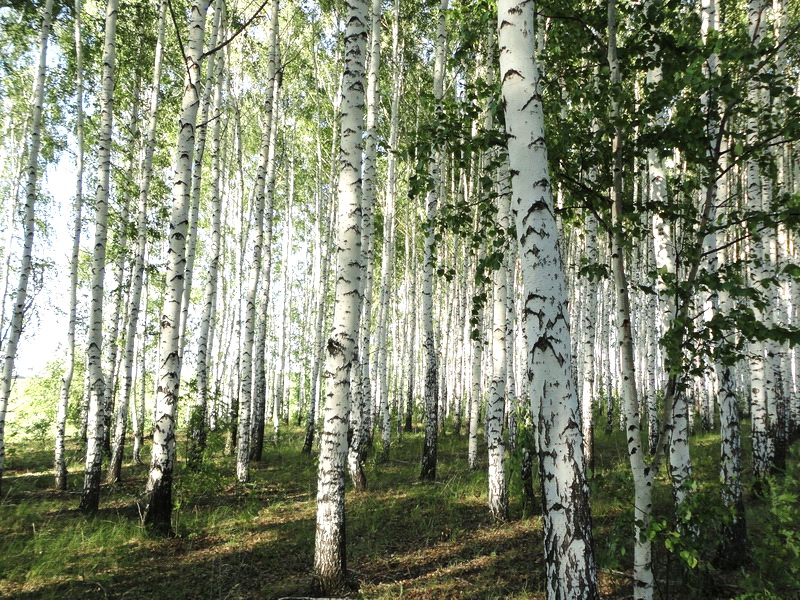
Meadow vegetation of Belarus
Belarus is famous not only for its dense forests, but also for endless meadows, where plants are represented mainly by grass communities. In this case, the meadows are divided into two large groups: floodplain and floodplain. The first are located along the rivers (Sozh, Berezina, Dnieper, Ptich and others) and are characterized by high soil moisture. This affects the set of plants in the first place: timothy grass, bluegrass, clover and others prevail within the floodplain meadows. On non-invisible meadows there are more cereal grasses: fescue, meadow bluegrass, fragrant spikelet, thin bent, reed and others.
Large meadows of Belarus are located more in the south Of Belarus. In the meadows grow, including rare species of plants that are under state protection and are listed in Red Book of the Republic of Belarus. There are unusual and rare blooming plants of meadows of Belarus, for example, wild iris. All these flowers are registered in three species, and they grow mainly in floodplain meadows, near the rivers. Also growing in the meadows medicinal herbs, among which stand out the immortelle sandy, valerian officinalis, carnation, white mustard, sweet potato, mother and stepmother, medinitsa and many others. They are used in pharmacology for the production of medicinal tinctures, collections, syrups.

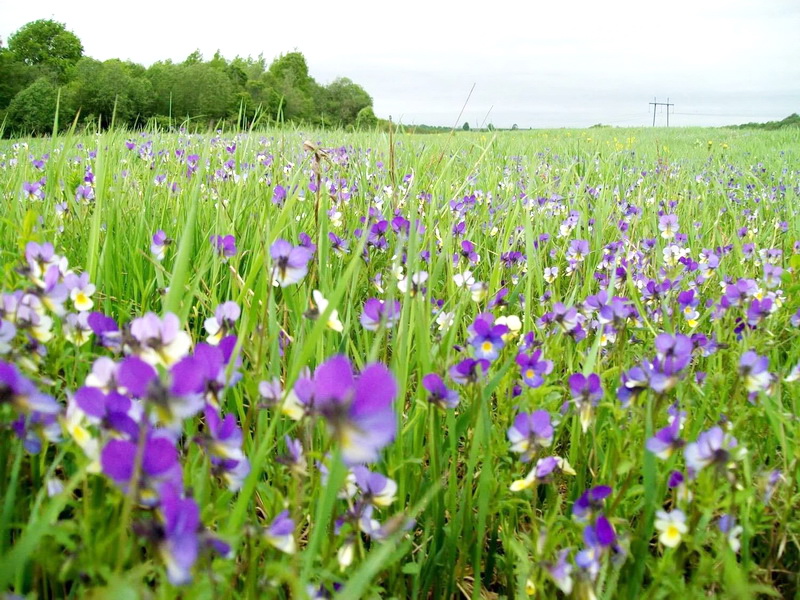
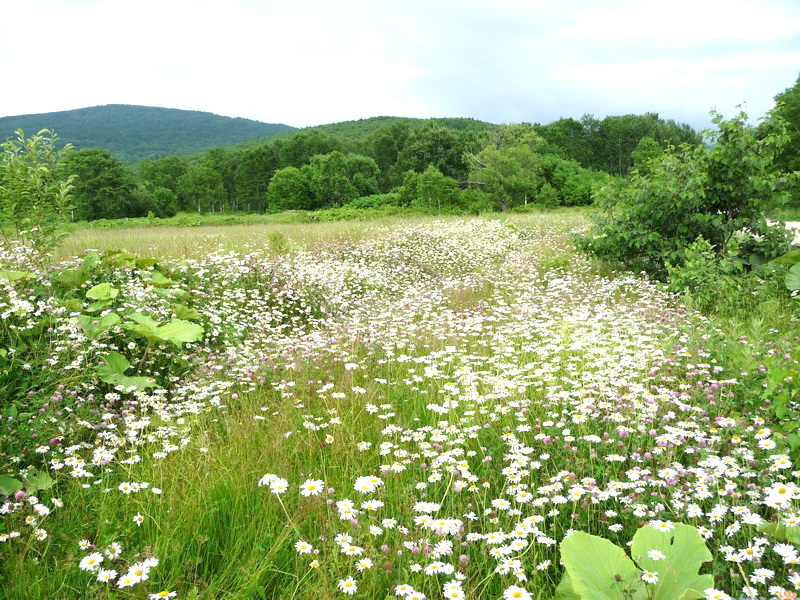
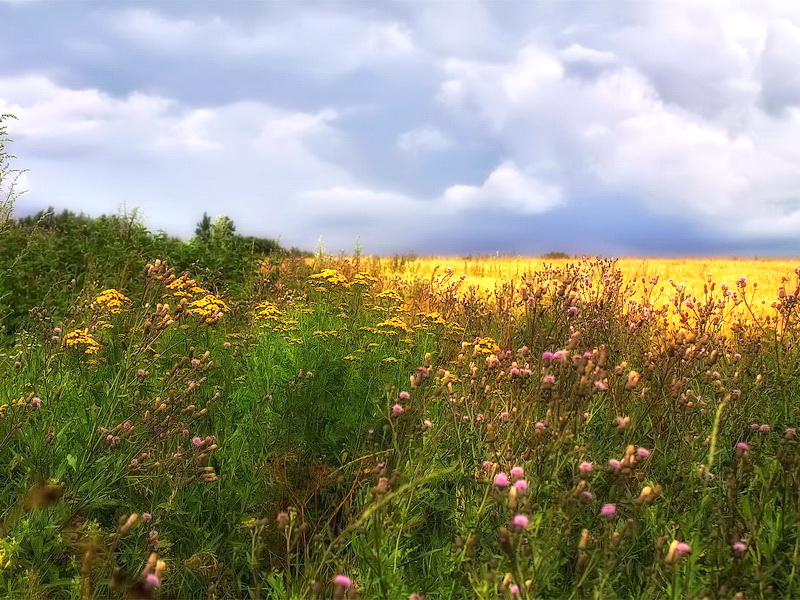
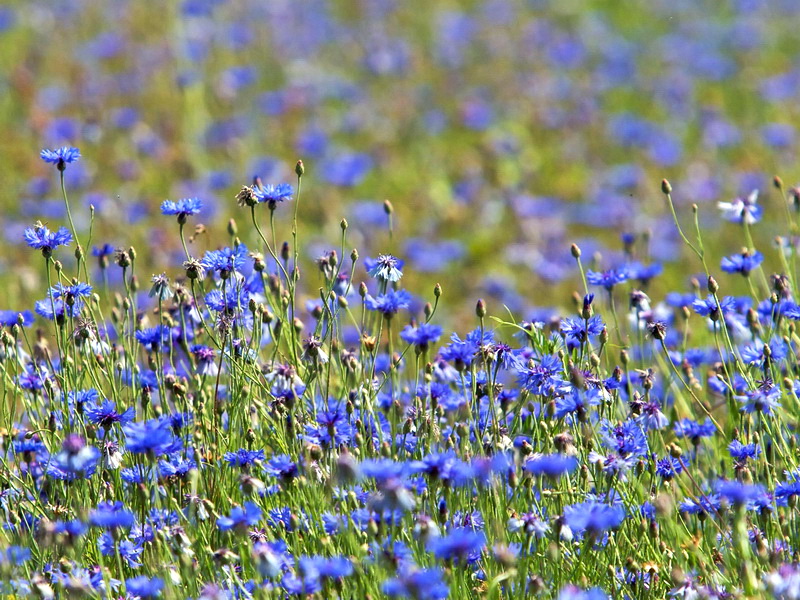
Marsh vegetation of Belarus
Marshes have become an integral part of the Belarusian landscape. They occupy about 10% of the country's area, while being unevenly distributed over the territory. Most are in the south. Polesie preserved the famous swamps - Zvanets and Wild. In the Brest region áîëîòî Ìîðî÷íî, which is considered the largest cranberry spot. In the floodplain of the river Yaselda there is another significant place of flora. – Sporovsky swamps. One of the largest in the world are Pinsk swamps, which cover an area of about 4.7 million hectares. Already famous in tourism have become Olmansky swamps, preserved in pristine condition.
The first association with the swamps is, probably, a green moss carpet. The main species are sphagnum mosses, which number up to 25 species. Nearby there are often sedges, the most common representative of which is the sedge poplar. The name speaks for itself: this species grows in the most marshy and unstable places. The most frequently seen in these places are horsetail and silty, broad-leaved cattail and forest cane.
Marshes of Belarus are special unique ecosystems that have a limited area of distribution on the planet. Their inhabitants can be called the witnesses of the ice age. These include representatives of the flora: wild rosemary, marsh heather, cloudberry, cranberry, sundew and many others. In this area you can find dwarf birch, which is a real relic. For tourism, the marshes have become an exclusive form of recreation. Special paths have been created in Belarus, routes have been developed for the most fearless guests. For example, on Olmansky marshes there is a route on a wooden floor 1.5 km.
If you don't want to go far, you can plunge into such an unusual atmosphere in Berezinsky Reserve, where are also organized ecological trips, developed water, cycling and walking routes. The reserve is famous mostly for bogs of low-lying type, in which the peat layer can reach 7 meters. It speaks of the primordial and unique place.
Another unusual place is impassable swamps Pripyat Park, which are mostly top type. Floodplain Pripyat - A territory inhabited by rare species of both animals and plants, many of which are listed in the Red Book. Marshes occupy almost half of the National Park. You can see the picturesque landscapes of untouched places by following one of the organized routes.
Marshes of Belarus are protected not only by the state, but also by the international community. In 1971, the Ramsar Convention was concluded, which was dedicated to wetlands. It was joined by the Republic of Belarus, in which the original natural ecosystems were preserved.
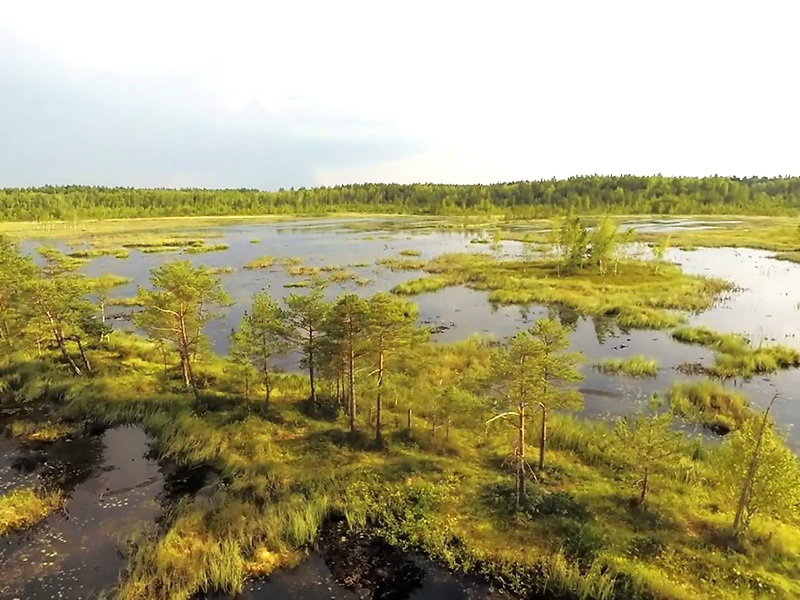
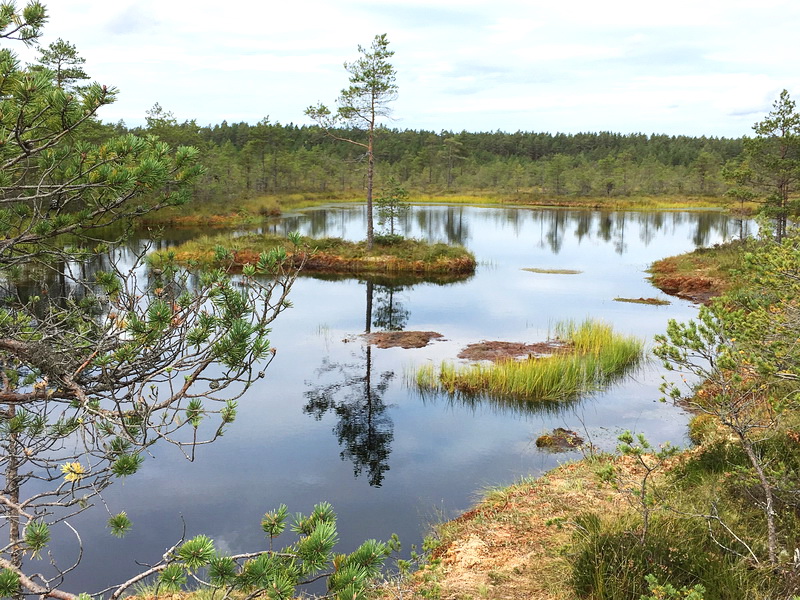


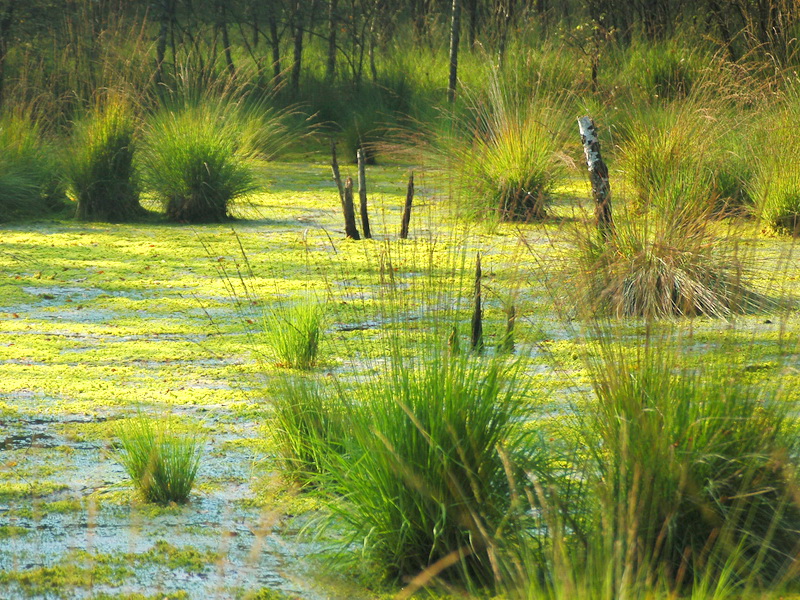
Shrub vegetation of Belarus
Shrubs of Belarus represented by three groups: hydrophyte, xerophytic and mesohygrophytic. The first group is mainly willow trees that grow in marshland, as they require a lot of moisture. The second group is represented by plants for which a sandy wasteland is acceptable, for example, juniper thickets. Mesohygrophitic shrubs are found in floodplains rivers. For them, too, high soil moisture.
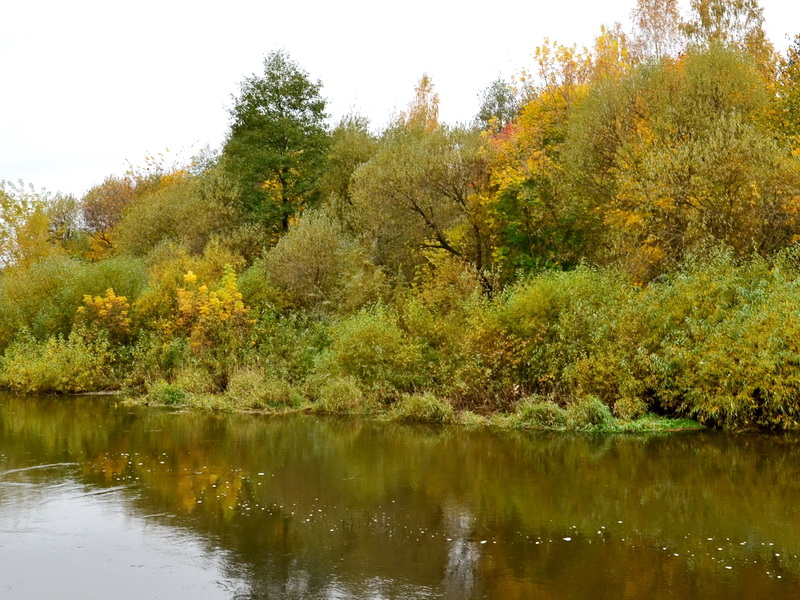
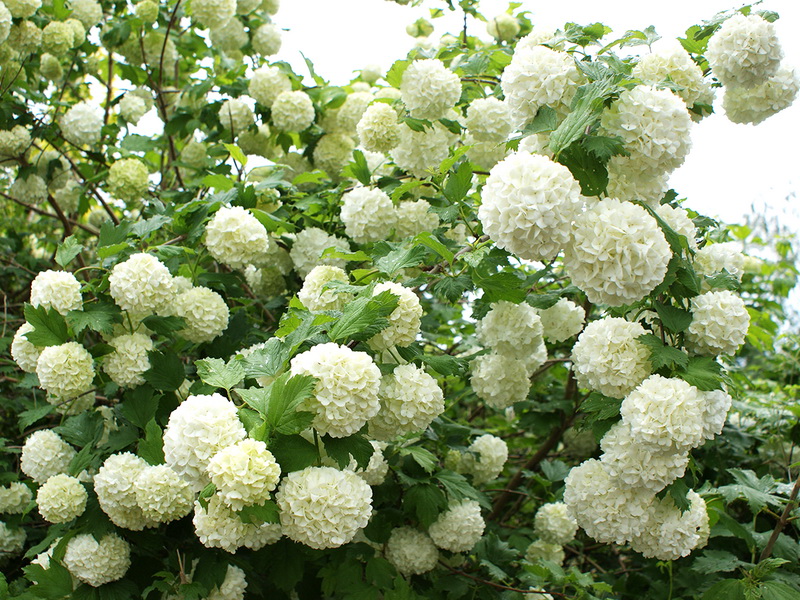
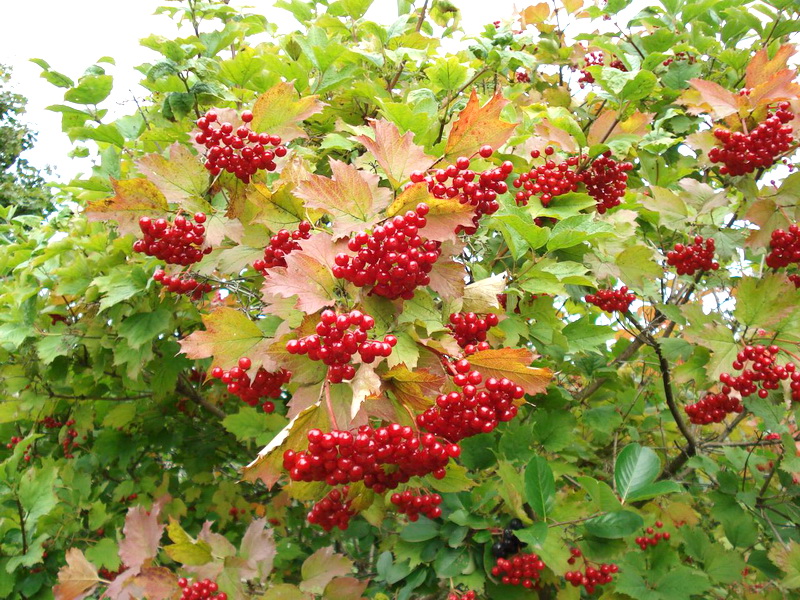
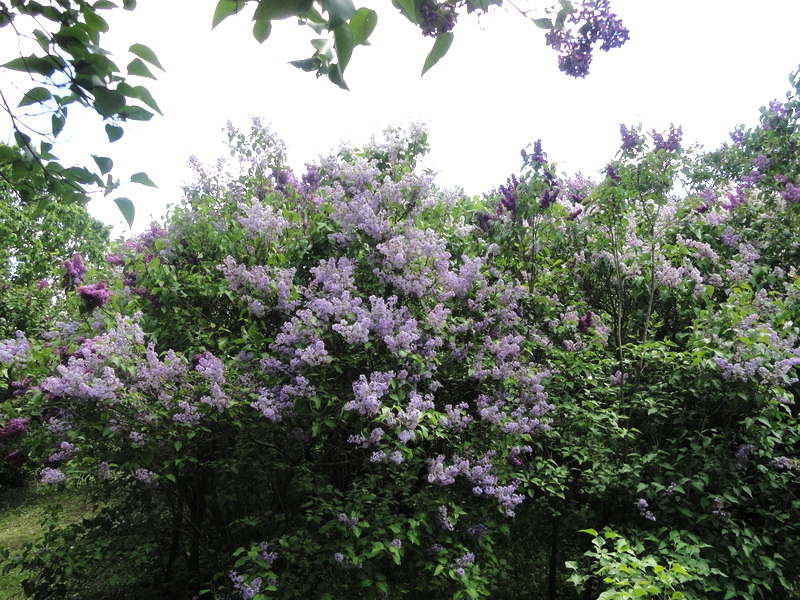
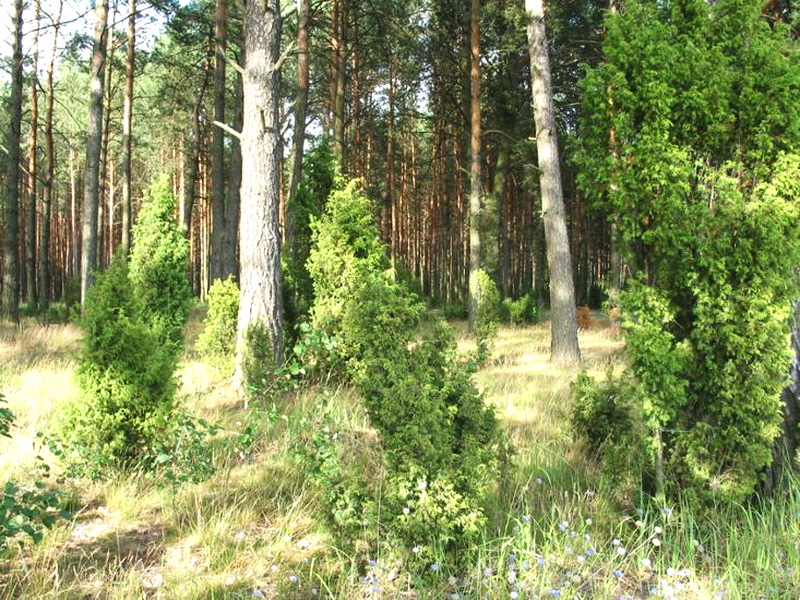
Vegetation of reservoirs of Belarus
Each pond or river – a real system, an integral part of which are plants. Aqua-flora of Belarus today has more than 180 species. Reservoirs for the most part do not have a high degree of overgrowing, only 30% of them can boast a large number of plants. However, under the water column is hidden the bottom, which gives life to many representatives of the flora.
Plants of Belarus divided into several groups. The first grow in water and on land. These include cane, arrowhead and horsetail, as well as cattail. Next come the representatives, whose roots are at the bottom, but the leaves are floating on the water. This list stands out the famous blooming spatter-dock, which has become a kind of symbol of Belarus. It is found more in the lakes of the Vitebsk region. Next on the list are bottom plants. From the name you can understand that they do not reach the surface of the water. This is mostly ordinary rdest and urut. And one more group of Belarusian aqua-flora is floating plants. They are not attached to the bottom of the reservoir and swim freely. First of all, it is duckweed and other algae. The vegetation of reservoirs allows the whole ecosystem to exist. These green representatives are the feed and oxygen generator for all aquatic inhabitants, thereby supporting life at the bottom. Algae are also used by humans for various purposes in industry and pharmacology, for example.

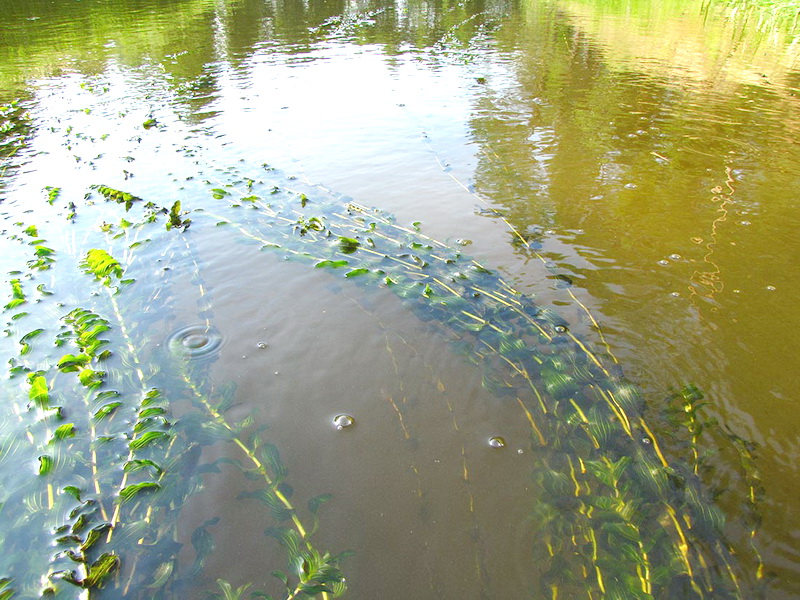
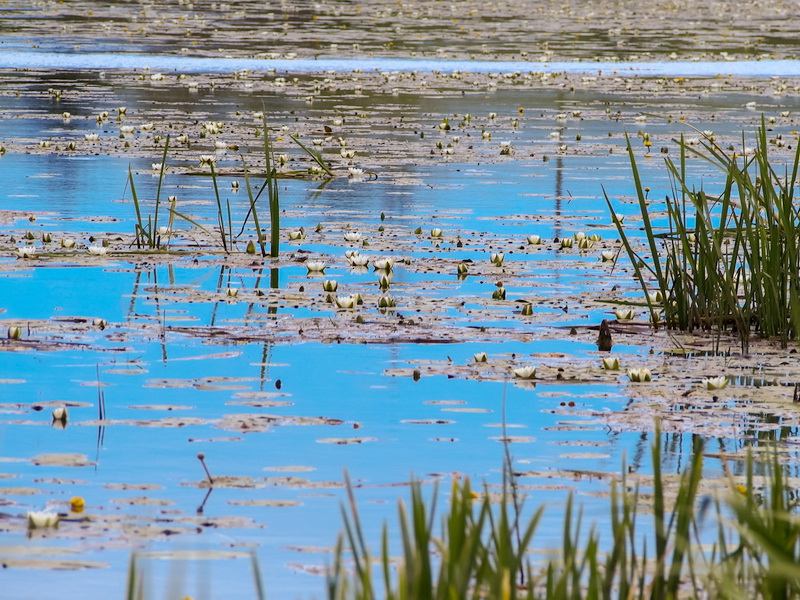

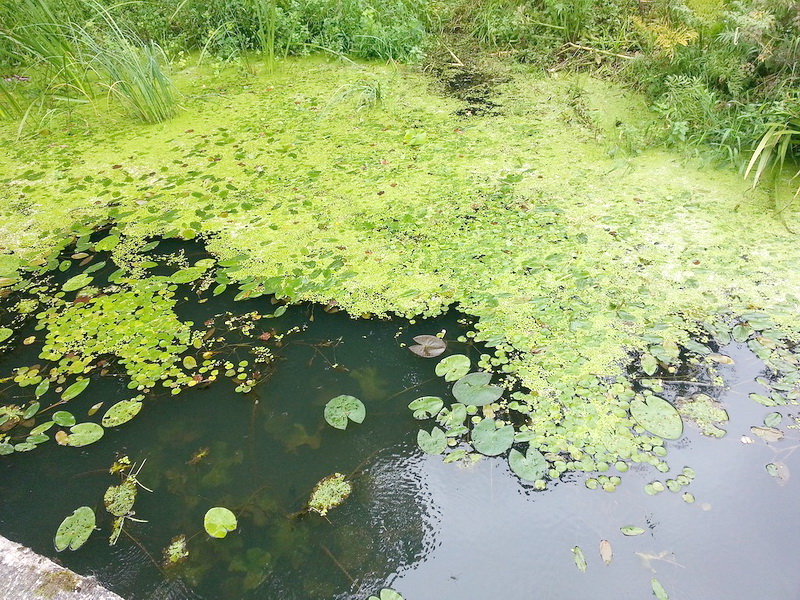
Plant protection in Belarus
Plants are an important component of life on Earth. Because they are under the scrutiny of not only scientists, but also state. Some representatives are endangered due to the impact of various factors. In Belarus, 39 species have the status of protected in Europe. In 1993, an international agreement was signed on the establishment of a zone «Europe's green lungs», which includes the whole territory of the Republic of Belarus. Areas that have the highest value were identified. The list includes the following parks and reserves of Belarus:
- Bialowieza Forest. First of all, it is famous for its oak forests, the average age of which has already reached 90 years, and some representatives have lived more than 500 years. In the Pushcha all the variety of forests of Belarus is presented: from coniferous to deciduous. Also, 65 rare plants, 4 species of moss and 7 species of fungi, which are listed in the Red Book, were noted.
- National Park Narochansky, which includes the largest lake of the Republic of Belarus – Naroch, is home to a wide variety of plants. Half of the park is occupied by forests: pine, oak, birch and aspen. There is also a unique place on the territory of the park - "The Park of Rare Plants", where the pristine nature has been preserved, where the human foot does not step.
- Braslav Lakes National Park. The system of lakes is a special system of aquatic plants, among which there are relict ones. Under the protection of the park there are Nordic linnaeus, cloudberry, water jelly and others.
- National Park Pripyat. Here flows river Pripyat, which is rich in vegetation. The territory of the park is 75% covered with forest, among which are pine forests, oak forests. Also grow birch, alder, ash, hornbeam, aspen. Many plants here were first discovered on the territory of Belarus, for example, euphorbia and horsetail are large. Only in this place grow rhododendron yellow, azalea, pontic, watermelon chilim.
- Berezinsky Biosphere Reserve. Famous far outside Belarus, it is a natural complex with natural forests, with an average age of 70 years. Not only forests, but also swamps, floodplain meadows, lakes, and rivers are located on the territory of the reserve. Extensive swamps, which are not similar throughout Europe, stand out in particular. 74 plant species of this territory are listed in the Red Book.
- Reserve «Pribuzhskoye Polesie». One of the main values of the reserve is the forest, which occupies more than half of the total area. It alternates with picturesque meadows and ponds. Only here grows an amazing plant - the royal fern, which is considered the very «paparats-Kvetkai».
On the territory of these unique places, for the most part, various types of ecological tourism are organized: tours of the marsh ecosystems, photo hunting, hiking, local history routes, ethnographic tours and others.
The policy of the Belarusian state in the field of environmental protection is primarily aimed at protecting and preserving the species diversity of the flora, rational use, and environmental safety. Programs have been established to reduce greenhouse gas emissions and pollutants.

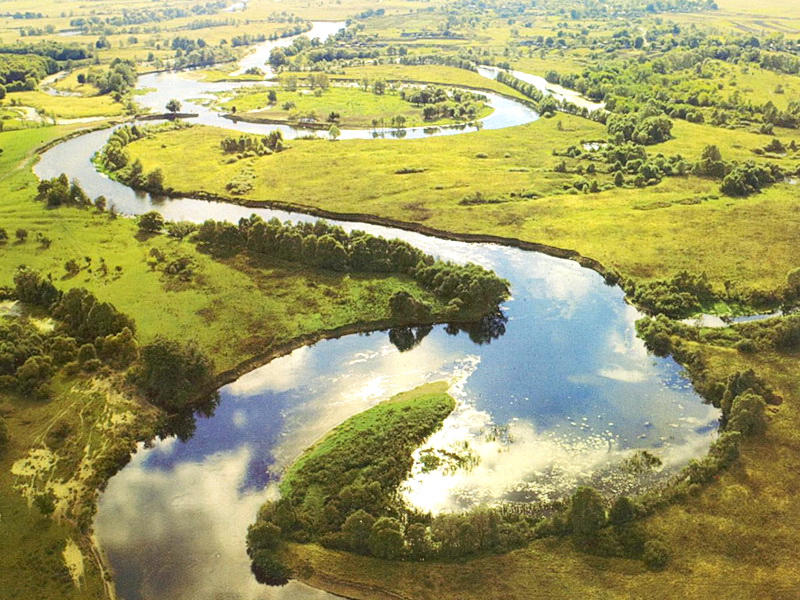
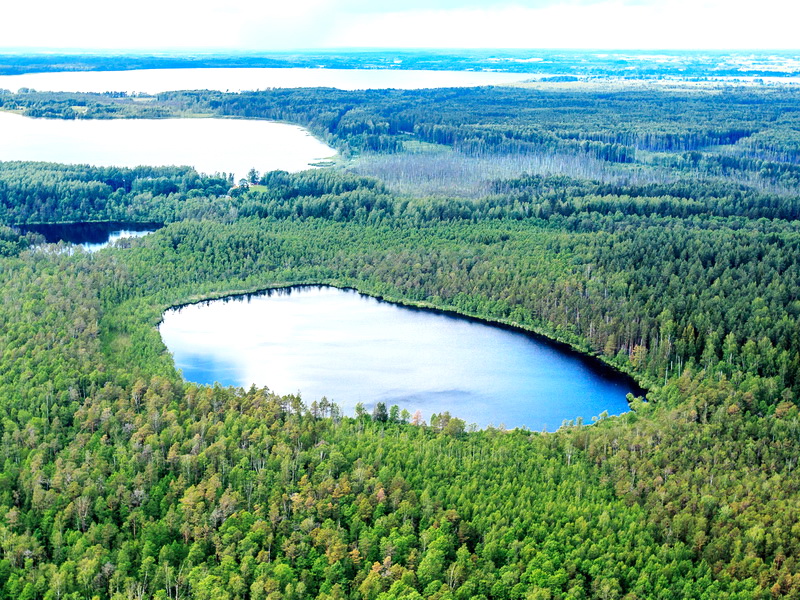
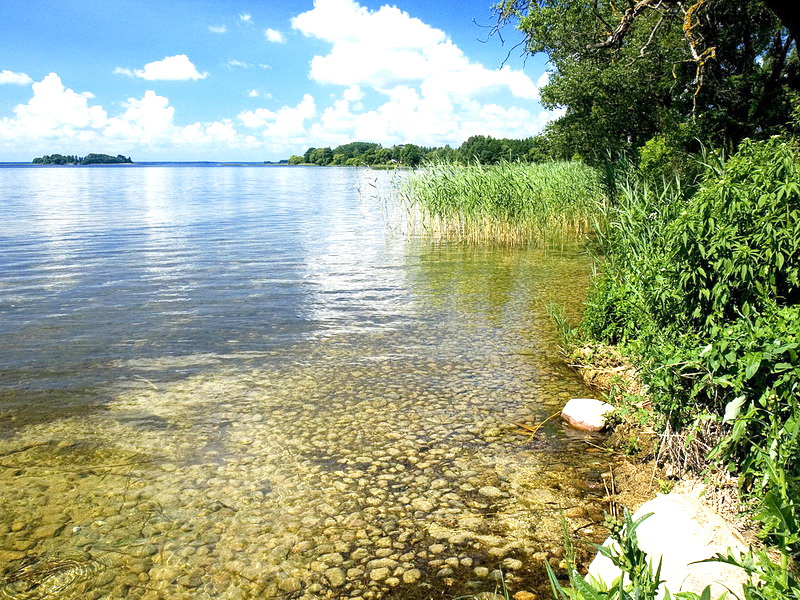
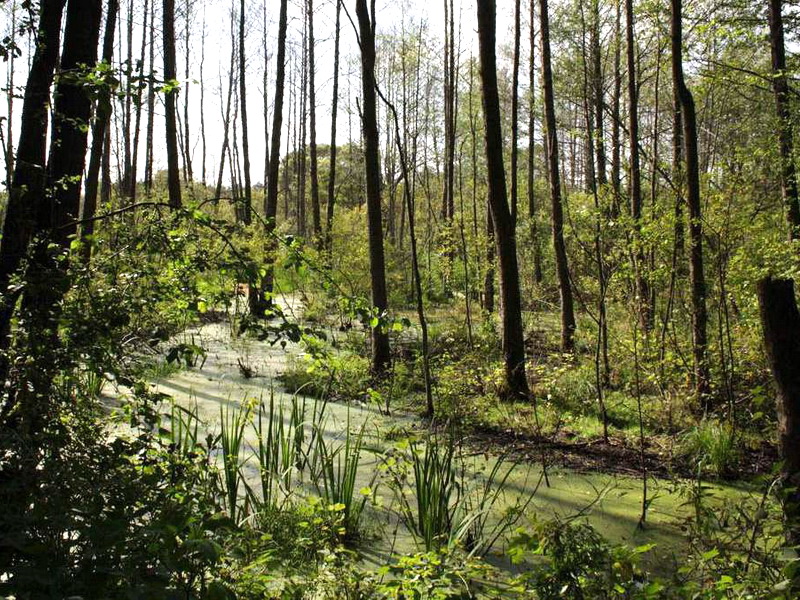
Flora of Belarus – part of the common European flora. This is a unique system that is an essential component and source of life. At the same time, it is closely connected with the organization of tourism, in which Belarus has succeeded in recent times. This is due, inter alia, to the fact that the country has a unique biodiversity and amazing landscapes that contribute to a pleasant pastime and health. Holidays in Belarus - An excellent choice for anyone who wants to plunge into the natural diversity, enjoy the scenery and at the same time improve the condition of the body.
Book holiday in BelarusSubscription to special offers
We are in Kontact
JoinWe in Instagram
JoinWe are on Facebook
JoinWe are on Odnoklassniki
Join|
© Private research-and-production unitary enterprise "Automated tourism technologies" Business address: 220007, Republic of Belarus, Minsk, Surazhskaya Str. 10, of. 21 Operation time: Monday - Friday 09.00-18.00, lunch break 13.00-14.00 All contacts E-mail: send message.
Follow us
 Instagram Instagram
 YouTube channel YouTube channel
Portal about all online services for a comfortable life - Belarus-online |
Winner of the contest The Best Entrepreneur in the sphere of tourism of the Republic of Belarus The certificate of registration ¹1808 issued from 9.08.2007 Minsk City Executive Committee. Payer's Identification Number:190855081 The information contained on the web site Beltur.by does not constitute an offer to the public offer.
For agencies - cooperation and registration
|
 Help in choosing tour
Help in choosing tour Check order
Check order





